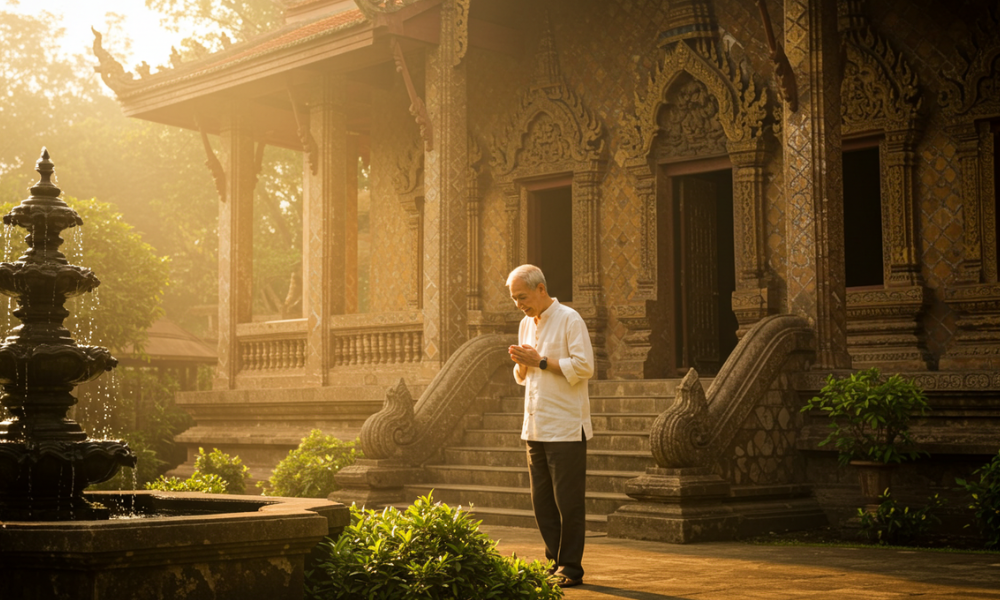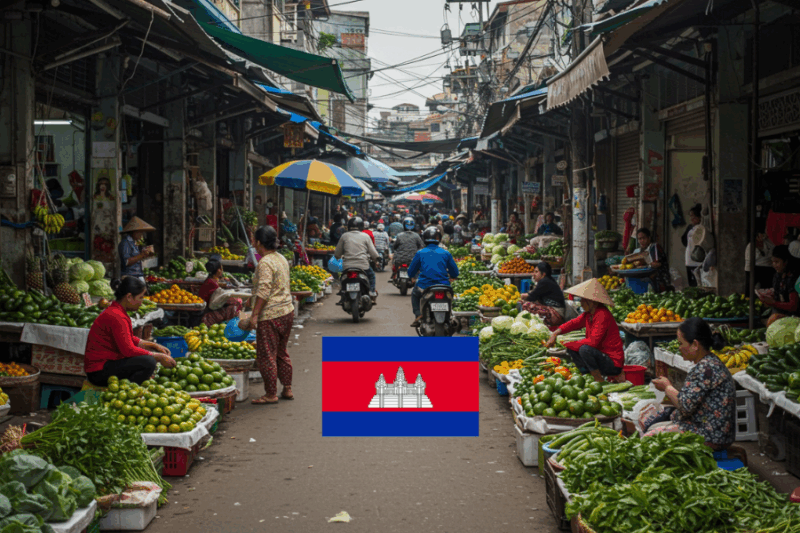Temples across the world, from Buddhist wats in Thailand to Hindu shrines in India, are sacred spaces that demand respect and cultural sensitivity. For minimalist travelers, visiting temples is a way to engage deeply with local traditions while keeping your journey light and meaningful. However, certain behaviors can offend locals or disrupt the sanctity of these sites. This guide outlines key things to avoid when visiting a temple, with practical tips to ensure a respectful experience, aligning with the minimalist ethos of intentional, uncluttered travel.

1. Don’t Wear Inappropriate Clothing
Temples often require modest attire to honor their spiritual significance. Avoid wearing revealing clothes like shorts, tank tops, or miniskirts. In Thailand’s Wat Arun, I saw visitors turned away for wearing short shorts. Instead, cover shoulders and knees—long pants, maxi skirts, or shirts with sleeves are ideal. Many temples, like Angkor Wat in Cambodia, provide scarves or sarongs ($1–2 rental) if you’re underdressed, but packing a scarf ($5) keeps your carry-on prepared. How to Avoid: Pack a lightweight scarf or quick-dry pants ($20–30). Check temple dress codes online (e.g., Wat Pho’s website).
Why It Matters: Modest clothing respects local customs and ensures entry.
2. Don’t Take Photos Where Prohibited
Photography is often restricted inside temples or near sacred objects to preserve their sanctity. In Japan’s Senso-ji, signs clearly ban photos of the main altar. Ignoring these rules, as I witnessed in Bali’s Uluwatu Temple, can lead to confrontations with staff. Even where allowed, avoid flash photography, which can damage artifacts or disturb worshippers. Always ask permission before photographing monks or rituals. How to Avoid: Look for “No Photography” signs or ask staff (use gestures if language barriers exist). Use your phone’s silent mode for discreet shots.
Why It Matters: Protects sacred spaces and respects worshippers’ privacy.
3. Don’t Touch Sacred Objects or Monks
Touching statues, relics, or altars is disrespectful and sometimes forbidden, as these are considered holy. In Chiang Mai’s Wat Chedi Luang, I saw signs warning against touching Buddha images. Similarly, avoid physical contact with monks, especially if you’re female, due to Buddhist vows of celibacy observed in places like Laos or Thailand. Keep a respectful distance (1–2 meters) during interactions. How to Avoid: Observe local behavior—don’t mimic rituals unless invited. Stay mindful around monks, especially during alms-giving (e.g., Luang Prabang’s Tak Bat).
Why It Matters: Prevents offense and honors religious practices.
4. Don’t Point Your Feet at Sacred Images
In many Asian cultures, feet are considered the lowest, least pure part of the body. Pointing them at Buddha statues, altars, or monks—such as sitting with feet outstretched in Myanmar’s Shwedagon Pagoda—is highly disrespectful. Instead, sit cross-legged or with feet tucked under, as I practiced in Cambodia’s Wat Phnom. How to Avoid: Kneel or sit cross-legged when facing altars. Be aware of your feet’s direction, especially in crowded spaces.
Why It Matters: Shows cultural respect and avoids offending locals.
5. Don’t Speak Loudly or Behave Disruptively
Temples are places of worship and reflection, requiring a calm demeanor. Loud talking, laughing, or phone conversations, like I overheard in India’s Meenakshi Temple, can disturb devotees. Public displays of affection (e.g., kissing) are also inappropriate. Keep your phone on silent to avoid disruptive ringtones. How to Avoid: Speak softly or stay silent. Turn off phone sounds before entering. Avoid romantic gestures in sacred areas.
Why It Matters: Maintains the temple’s peaceful atmosphere for all visitors.
6. Don’t Ignore Temple Etiquette or Signs
Each temple has specific rules, such as removing shoes before entering (common in Thailand, Japan) or walking clockwise around stupas (e.g., Boudhanath in Nepal). Ignoring signs or local customs, like wearing shoes in Malaysia’s Batu Caves temple, can lead to reprimands. Some temples, like Wat Xieng Thong in Laos, require women to cover their heads or avoid certain areas during ceremonies. How to Avoid: Read signs at entrances or check online (e.g., TripAdvisor reviews). Observe locals’ actions, like shoe removal or prayer gestures.
Why It Matters: Following rules respects the temple’s traditions and ensures a smooth visit.
7. Don’t Make Offerings Incorrectly
Offerings like flowers, incense, or candles are common in temples but must be done respectfully. In Vietnam’s Tran Quoc Pagoda, I saw tourists light incense incorrectly, causing smoke to bother others. Avoid placing food or money directly on altars unless guided, and don’t take offerings meant for deities. If unsure, observe locals or ask staff (gestures work if language is a barrier). How to Avoid: Watch how locals offer incense or flowers. Buy offerings from temple vendors ($0.50–2) to ensure appropriateness.
Why It Matters: Proper offerings honor rituals without disrupting sacred practices.
Minimalist Travel Tips
- Pack Light: Include a scarf ($5), quick-dry pants ($20), and sandals ($10) in your 20–30L backpack ($50) for temple visits. Fits carry-on limits (22x14x9 inches).
- Budget Wisely: Temple entry fees are low ($0–5), and street food nearby ($1–3/meal) keeps costs at $15–25/day. Avoid buying souvenirs to save $5–10.
- Stay Prepared: Carry a small notebook ($3) to note etiquette or phrases like “sorry” (e.g., “khor thot” in Khmer). Download offline Maps.me (free) for temple locations.
- Cultural Sensitivity: Learn basic greetings (e.g., “namaste” in India) and research customs via travel blogs or X posts.
- Respectful Gear: Use a reusable water bottle ($15) to stay hydrated outside temples (drinking inside may be frowned upon).
- Plan Visits: Go early (6–9 AM) to avoid crowds and heat, ensuring a calm experience.
Why Avoiding These Mistakes Matters
Respecting temple etiquette is essential for minimalist travel, as it fosters meaningful cultural connections without physical or social clutter. By avoiding these missteps, you honor local traditions, avoid awkward encounters, and deepen your experience—whether at Thailand’s Wat Pho or Nepal’s Pashupatinath. On my Cambodia trip, following these rules let me focus on Angkor Wat’s beauty, not navigating faux pas, all while spending just $20/day.
Temples are windows into a culture’s soul. Pack light, stay mindful, and visit with respect to make your journey unforgettable. Which temple is on your travel list?



